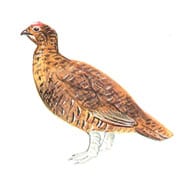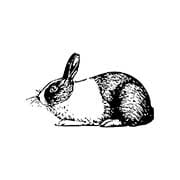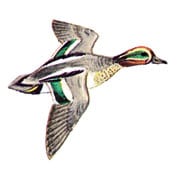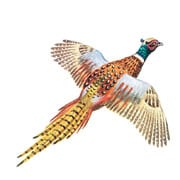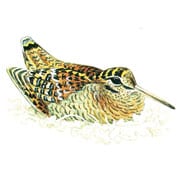Breeding curlew need you
Breeding Curlew Need You The curlew population stands on the brink of collapse. Data shows a 46 per cent decline in breeding curlew in the UK between 1994 and 2010, with a more than 50 per cent decline in Wales and Scotland. The numbers are still in rapid decline and

